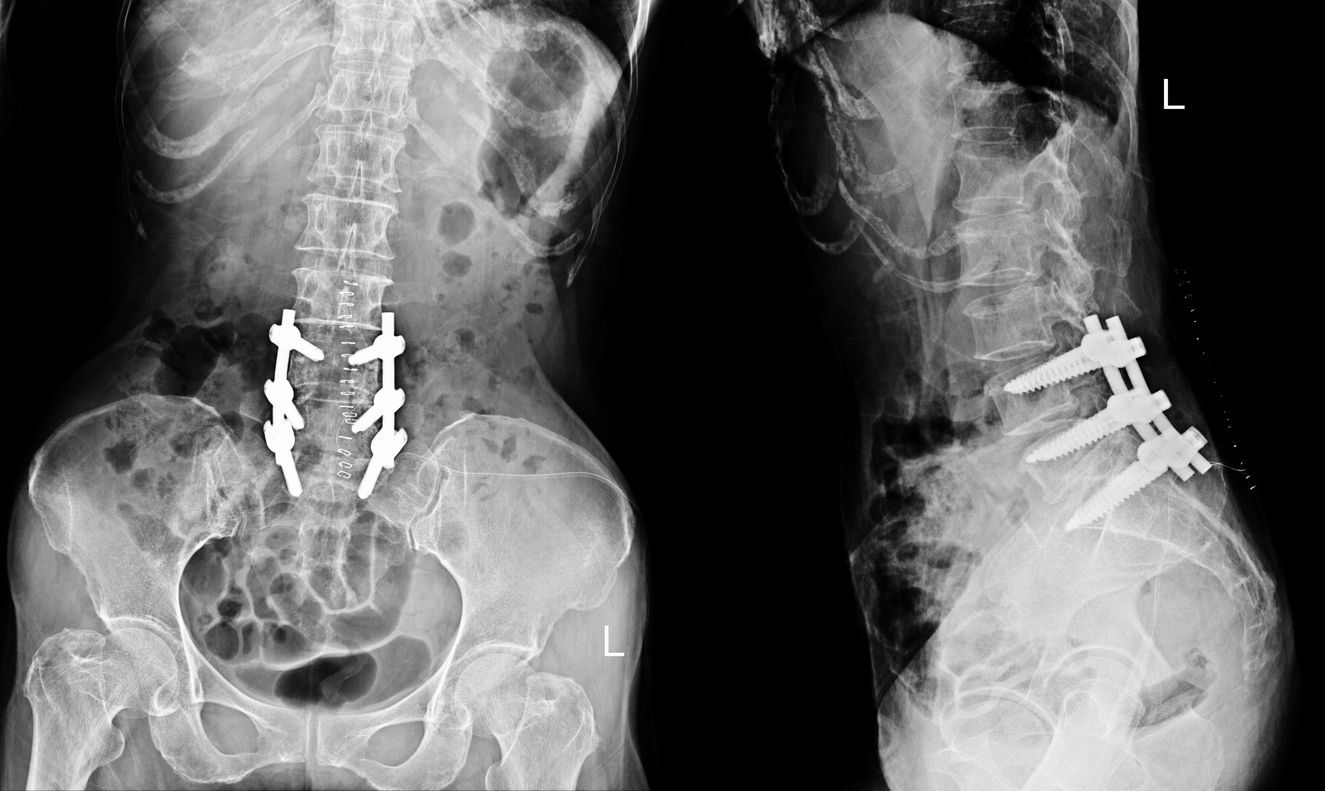Spinal Fusion the Best Option for Herniated Discs? Insights from Dr. Larry Davidson

Herniated discs, often referred to as slipped or ruptured discs, are a common cause of back pain, leg pain (sciatica), and neurological symptoms like numbness or weakness. These occur when the soft inner gel of a spinal disc pushes through a tear in the outer layer, pressing on nearby nerves. While many cases can be managed with conservative treatments such as physical therapy, medication, or steroid injections, more severe or persistent cases may require surgery. Dr. Larry Davidson, a pioneer in spinal surgery, highlights that spinal fusion is sometimes considered when other treatments are insufficient. But is spinal fusion the best option for treating herniated discs, or are there better alternatives?
Understanding Herniated Discs
The spine consists of vertebrae cushioned by soft discs that act as shock absorbers, providing flexibility and movement. These discs have a tough outer layer (annulus fibrosus) and a gel-like inner core (nucleus pulposus). A herniated disc occurs when a tear or rupture in the outer layer allows the inner gel to protrude, irritating nearby nerves and causing pain or discomfort.
Common symptoms of a herniated disc include:
- Localized pain in the back or neck
- Sciatica, or radiating pain down the leg
- Numbness or tingling in the arms, legs, or other areas
- Muscle weakness
While many herniated discs improve over time with conservative treatments, some cases can lead to persistent symptoms or complications that require surgical intervention.
When Is Spinal Fusion Considered?
Spinal fusion is typically considered when other surgical options, such as discectomy or laminectomy, may not be sufficient or when the spine has become unstable due to disc degeneration or injury. In spinal fusion, two or more vertebrae are permanently fused to stabilize the spine and prevent motion between them, reducing pain and preventing further damage.
Spinal fusion may be appropriate for herniated discs in the following scenarios:
- Severe Disc Degeneration: When the herniated disc is accompanied by advanced disc degeneration or spondylolisthesis (slippage of one vertebra over another), spinal fusion may be necessary to stabilize the spine and prevent further issues.
- Multiple Disc Herniations: Patients with multiple herniated discs causing instability in the spine may benefit from fusion to stabilize the affected segments.
- Recurrent Disc Herniations: If a patient has undergone a previous discectomy (removal of part of the disc) but experiences recurring disc herniations in the same location, spinal fusion may be recommended to prevent further issues.
- Spinal Instability: In some cases, a herniated disc can cause or exacerbate spinal instability. When the spine becomes unstable, spinal fusion is often necessary to restore stability and prevent further injury.
While spinal fusion can be effective in stabilizing the spine and relieving pain, it also comes with certain risks, including longer recovery times, potential loss of mobility in the fused section, and the risk of adjacent segment disease (where the discs above or below the fusion site wear out more quickly due to increased stress).
Alternatives to Spinal Fusion for Herniated Discs
Spinal fusion is not always the first-line treatment for herniated discs. In many cases, less invasive surgical options and non-surgical treatments can provide relief without the need for fusion. Here are some alternatives to consider:
- Discectomy Discectomy is a common surgical option for herniated discs. In this procedure, the surgeon removes the portion of the herniated disc that is pressing on the nerves, relieving pain and other symptoms. Discectomy is a minimally invasive procedure that preserves the mobility of the spine and has a faster recovery time compared to spinal fusion. For many patients with herniated discs, discectomy is the preferred option.
- Laminectomy A laminectomy involves removing part of the vertebral bone (lamina) to relieve pressure on the spinal cord or nerves. This procedure is often performed in conjunction with a discectomy to create more space for the nerves and alleviate pain. Laminectomy is less invasive than spinal fusion and is often sufficient for patients who do not have significant spinal instability.
- Artificial Disc Replacement (ADR) Artificial disc replacement is an alternative to spinal fusion that involves removing the damaged disc and replacing it with an artificial disc. Unlike fusion, which restricts motion, ADR preserves mobility in the affected segment of the spine. This procedure is suitable for patients who have significant disc degeneration but want to maintain flexibility in the spine. However, ADR is not always an option for every patient, especially those with advanced spinal instability or multiple herniated discs.
- Physical Therapy and Rehabilitation For many patients with herniated discs, physical therapy and rehabilitation can provide effective relief without the need for surgery. A tailored physical therapy program can strengthen the muscles that support the spine, improve flexibility, and reduce pain. Therapies such as chiropractic care, acupuncture, and massage therapy may also help relieve symptoms for some patients.
- Epidural Steroid Injections Epidural steroid injections can reduce inflammation around the herniated disc and provide temporary pain relief. While this is not a long-term solution, it can help patients manage pain and avoid surgery in the short term. Injections are typically used in conjunction with physical therapy to address the root cause of the pain.
Is Spinal Fusion the Best Option for Herniated Discs?
Whether spinal fusion is the best option for treating herniated discs depends on the severity of the condition and the presence of additional factors, such as spinal instability or recurrent herniations. For many patients, less invasive options like discectomy or artificial disc replacement can effectively treat herniation while preserving spinal mobility and reducing recovery time.
However, for patients with severe disc degeneration, multiple herniations, or significant spinal instability, spinal fusion may be the most appropriate option to restore stability and prevent further complications. Dr. Larry Davidson recognizes the importance of consulting with a spine specialist to explore all available treatment options and determine the best approach based on individual needs. It is essential to weigh the potential benefits of spinal fusion against the risks, including longer recovery times and loss of motion in the fused section of the spine.
Spinal fusion can be an effective treatment for herniated discs when the spine has become unstable or when less invasive options have not provided sufficient relief. However, it is not always the best option for every patient. Alternatives such as discectomy, laminectomy, and artificial disc replacement offer less invasive solutions that preserve spinal mobility and reduce recovery times.





